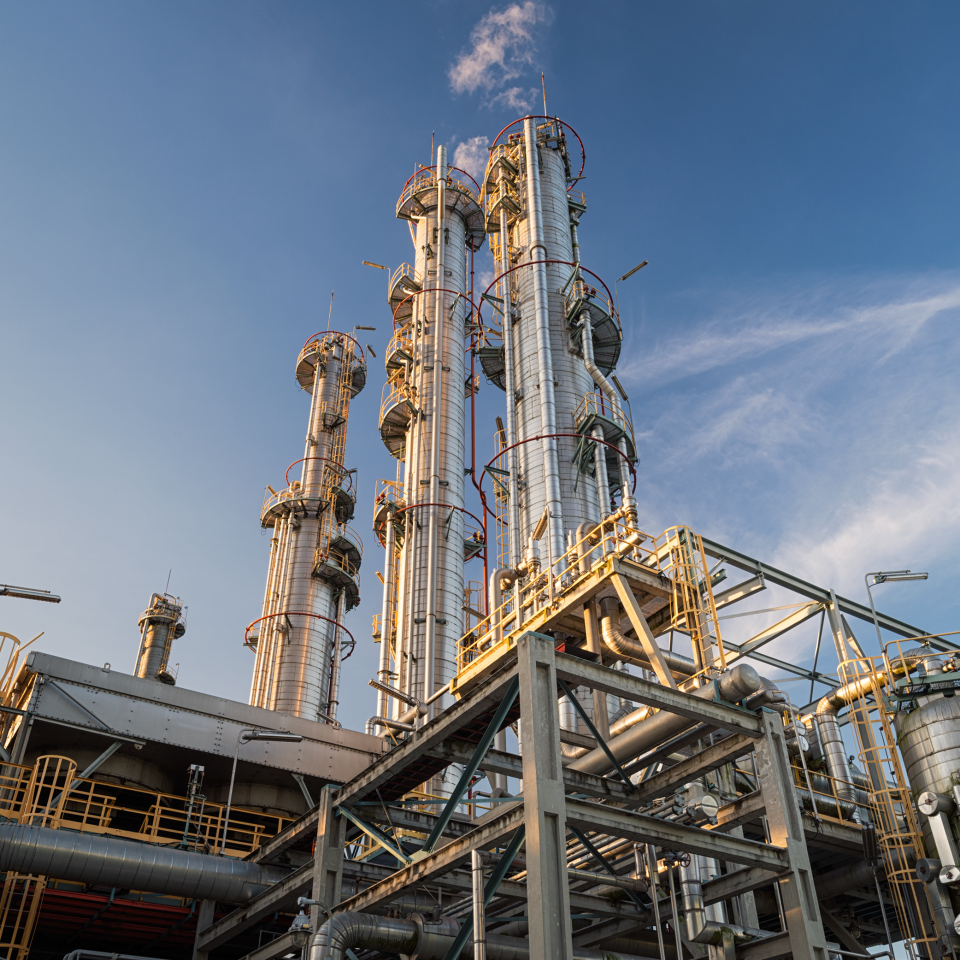
The UK is accelerating its journey toward net zero, and hydrogen is emerging as a key player in the clean energy transition. Not only is it becoming more commercially viable. but hydrogen is also being embedded into the core of long-term energy policy.
Momentum is building. The most recent Hydrogen Update to the Market outlined progress across hydrogen production, transport and storage infrastructure, regulatory frameworks, and sector development – signalling a clear commitment to scaling up the fuel.
A refreshed UK Hydrogen Strategy, expected this year, will further define the UK's long-term approach, set clearer deployment targets, and provide updated policy and funding mechanisms to support industry growth.
Hydrogen: the opportunity
From powering industrial clusters to enabling low carbon transport, hydrogen offers a versatile solution to some of our most complex decarbonisation challenges.
The Hydrogen Valley, stretching from Norfolk in the east to Shropshire in the west, is well positioned to play a pivotal role in this transition. Home to major industries including automotive manufacturing, power generation, and metal processing, the region sits at the heart of the UK’s strategic road network. Despite being largely landlocked and facing limited access to renewable energy for green hydrogen production, the Hydrogen Valley is brimming with potential.
Yet, despite growing momentum around hydrogen integration, misconceptions about the fuel persist. These misconceptions must be addressed to ensure informed public understanding and instil industry confidence.
Myth 1: Hydrogen is too expensive
Currently, hydrogen production – especially green hydrogen – is costly due to high electricity prices and early-stage technology. But costs are falling. As renewable energy generation expands and electrolysis technology scales, hydrogen will become increasingly affordable.
In the Midlands, the Hydrogen Valley initiative aims to reduce costs associated with hydrogen production and distribution by maximising the use of existing gas infrastructure and exploring local hydrogen production. The programme is supported by over 30 regional stakeholders and is expected to attract up to £28 billion in private capital investment in hydrogen production.
Myth 2: Hydrogen isn’t safe
Safety concerns often dominate public discourse around hydrogen. Yes, hydrogen is flammable – but so are petrol, diesel, and natural gas.
What sets hydrogen apart is its unique physical properties: it’s the lightest element and disperses rapidly, significantly reducing the risk of accumulation and ignition in open environments.
Studies like H21 and Hy4Heat have shown that hydrogen can be safely used in homes and industry with the right equipment and regulation - just like any other fuel.
Moreover, hydrogen has been produced and used safely for many decades, particularly in industrial settings, and is backed by robust international safety standards. Today’s hydrogen systems are equipped with advanced technologies such as real-time monitoring, automated shut-off valves, and highly sensitive leak detection systems. These measures ensure that hydrogen can be produced, stored, and used safely across a range of applications while maintaining public and environmental safety.
Myth 3: All hydrogen is clean
Hydrogen can be produced in many different ways. Most hydrogen today is “grey hydrogen”, produced using natural gas without any carbon capture technologies attached. That’s why the UK introduced the Low Carbon Hydrogen Standard (LCHS) – an internationally leading benchmark for regulating emissions released in hydrogen production.
Only hydrogen that meets this standard qualifies for government support. This includes all projects funded through the Hydrogen Production Business Model. The first Hydrogen Allocation Round (HAR1) approved 10 projects - including those led by Hydrogen Valley members such as RWE, Carlton Power, Protium, Tyseley Energy Park - all of which will produce certified low carbon hydrogen.
The Hydrogen Valley initiative will also use low carbon hydrogen to support industrial decarbonisation across the region. With a focus on helping industries overcome planning and infrastructure challenges, the programme seeks to establish a robust hydrogen economy by exploring opportunities for long-term, cost-effective supply. This approach not only accelerates emissions reductions but also attracts investment, supports innovation, and strengthens regional energy resilience.
Myth 4: Hydrogen competes with batteries
In the future of clean energy discussion, hydrogen and batteries are often portrayed as competing solutions. But this framing misses the bigger picture. It’s not about choosing one over the other - it’s about using each where it makes the most sense.
Electrification is highly efficient and well-suited to many applications, especially in sectors like passenger transport, domestic heating, and energy storage. Electric vehicles, heat pumps, and smart grids are already proving how effective electricity can be in decarbonising everyday life.
Hydrogen, however, plays a crucial role in areas where electrification is technically challenging or economically inefficient. These include:
- Heavy industry, where high-temperature processes are difficult to electrify.
- Freight and long-haul transport, which require high energy density.
- Maritime and aviation, where battery weight and range limitations are significant.
A corridor of opportunity
Hydrogen is no longer a distant concept - it’s a fast-emerging solution with the potential to reshape the UK’s energy landscape. As government policy, regional initiatives like the Hydrogen Valley, and private investment continue to align, hydrogen is being positioned as a central component of the clean energy transition.
But to fully unlock its potential, we must move beyond outdated perceptions. Addressing myths around cost, safety, carbon intensity, and its role alongside electrification is essential to building public trust and industry confidence.
Find out more about the Hydrogen Valley programme: Home - Hydrogen Valley
